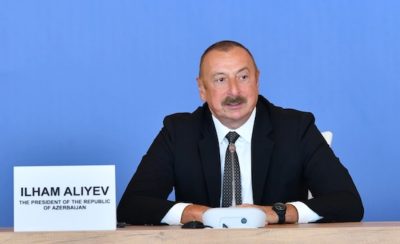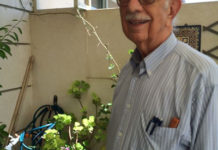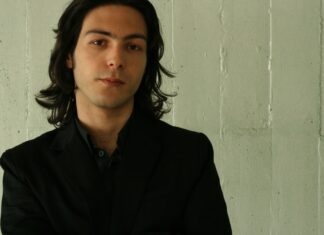By Aram Arkun
Mirror-Spectator Staff
NEW YORK — Parunag Gurjian died a poor man in Egypt in 1937, leaving a bill outstanding at a poor house hospital. His life had also begun humbly, in a fishing village on the sea. However, Parunag moved to Constantinople and apprenticed as a bookbinder. His life soon changed for the better. He ended up living in the upscale neighborhood of Pera, and prospered. In those days, Seroun Wang, his great-granddaughter explains, bookbinders were like jewelers. They used gold and precious jewels on bindings, and were highly skilled and sought after.
Parunag was even called to the palace by Sultan Abdul Hamid II sometime in the late 1880s or 1890s, and given the seal of the sultan to post over the door of his atelier. This seems like a great honor, but there was a dark side to it. Abdul Hamid was known as the “bloody sultan” for his massacres of Armenians. Wang said that Parunag told his children, Nuritza and Levon, that “you are called to the palace once to get the bag of gold, but when you are invited the second time, you never come home. We have to leave. You get the bag of gold but…”
Consequently, one day he suddenly took the children out for a walk, but instead took a ship to Varna, Bulgaria, where there was an aunt and uncle. Parunag’s wife had died previously in an accident. The children were placed in a French Catholic school, while Parunag went to Boston to see if it could be a suitable place for their new home.
Eventually, a Turkish man came to his place and said the sultan wanted to know why he left, and presented him with a second bag of gold to pay for him to come back home. Parunag felt that only in Cairo could he be safe from the sultan, so he went back to Bulgaria and took his children to Egypt, where he married again. Wang does not know why Parunag specifically was important enough to be invited back, or whether he had done anything to warrant being considered a threat to the Ottoman government.








